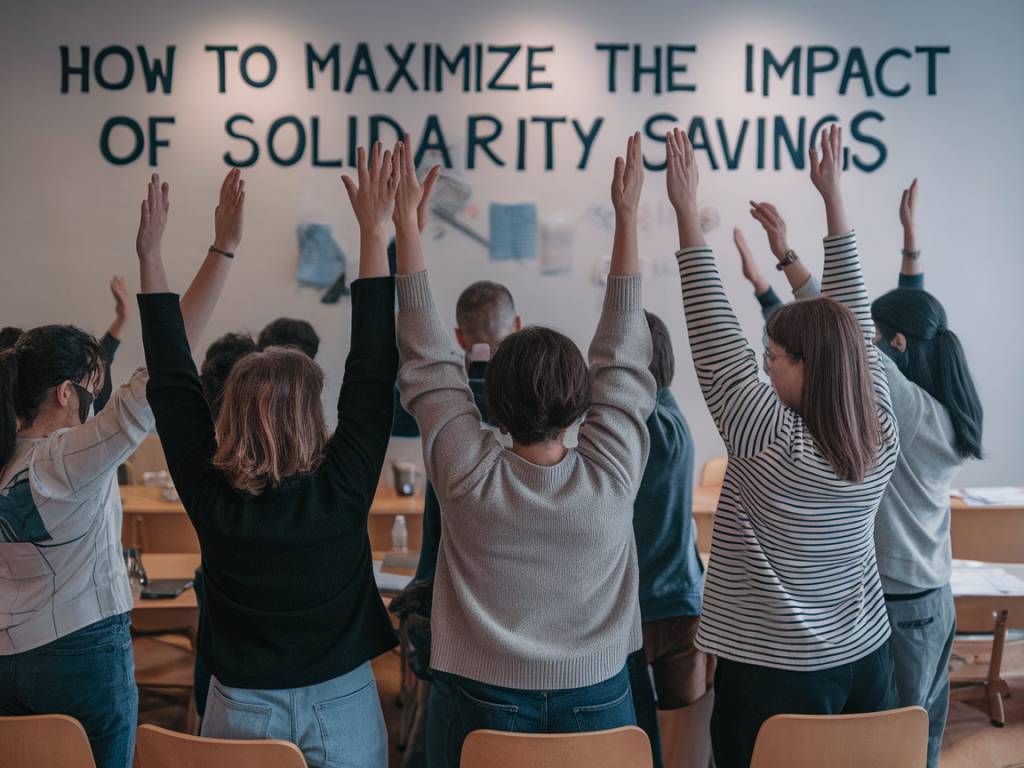the future of ethical finance moving beyond traditional capital
Understanding Ethical Finance
Ethical finance is a concept that goes beyond the mere accumulation of wealth. It aims to align financial decisions with ethical, social, and environmental values. For many, ethical finance is not just a passing trend but a fundamental shift in how we think about capital. Instead of focusing solely on traditional returns, it seeks to generate positive social and environmental impact alongside financial returns. But what does this mean in practical terms?
Core Principles of Ethical Finance
Ethical finance is built on several foundational principles:
- Transparency: Ensuring clear, open disclosure about how money is managed and invested.
- Sustainability: Investing in projects and companies that prioritize long-term environmental health.
- Social impact: Supporting initiatives that create positive social change, such as affordable housing or education.
- Ethical Standards: Avoiding investments in industries or practices that are harmful or unethical, like tobacco, arms manufacturing, or exploitative labor practices.
By following these principles, ethical finance aims to create a more equitable and sustainable world.
How Ethical Finance Models Are Changing the Landscape
Several models of ethical finance have emerged, each with its own unique approach to aligning capital with values:
Impact Investing
Impact investing involves putting money into projects or companies that have a clear social or environmental mission. For instance, investing in a company that develops renewable energy technologies or a social enterprise that provides education in underserved communities. According to the Global Impact Investing Network (GIIN), the impact investing market has grown significantly, estimated at $715 billion in 2020.
Sustainable Banking
Sustainable banks prioritize lending to projects that have a positive social or environmental impact. Triodos Bank, for instance, only finances organizations that contribute to people’s quality of life or the environment. These banks often have strict criteria that align with their ethical ethos, offering an alternative to traditional banking practices.
Green Bonds
Green bonds are fixed-income financial securities issued to fund projects that have positive environmental outcomes. The market for green bonds has exploded in recent years, with $270 billion issued globally in 2020, according to Climate Bonds Initiative. These bonds have been used to fund renewable energy projects, sustainable agriculture, and green buildings.
Community Investment
Community investment focuses on directing resources to underserved communities to foster economic development. This can include microfinance initiatives, which provide small loans to entrepreneurs in developing countries, or community development financial institutions (CDFIs) that support projects in low-income areas. Examples include Grameen Bank in Bangladesh and the Local Initiatives Support Corporation (LISC) in the United States.
Real-World Examples of Ethical Finance in Action
To better understand how ethical finance functions in practice, let’s look at a few case studies:
Case Study 1: Warby Parker
Warby Parker, an eyewear company, operates on a « Buy a Pair, Give a Pair » model. For every pair of glasses sold, a pair is distributed to someone in need. This business model not only appeals to consumers who want their purchases to make a difference but also provides essential vision services in underserved communities. Since its founding, Warby Parker has distributed millions of pairs of glasses through its social impact program.
Case Study 2: Toms Shoes
Toms Shoes follows a similar one-for-one model, donating a pair of shoes for every pair sold. This business approach has not only built brand loyalty but has also positively impacted communities by providing essential footwear. Toms also extends its ethical finance model by investing in clean water initiatives, safe birth programs, and services for visually impaired individuals.
Case Study 3: Patagonia
Patagonia is an outdoor apparel company long committed to environmental sustainability. The company allocates a portion of its profits to environmental activism, runs initiatives like « Worn Wear » to promote used clothing, and is transparent about its supply chain. By doing so, Patagonia has set a high ethical standard and has proven that sustainability and profitability are not mutually exclusive.
The Role of Technology and Innovation
Technological advancements are also contributing to the growth and effectiveness of ethical finance:
Blockchain for Transparency
Blockchain technology can enhance transparency in financial transactions. For instance, it can be used to track the flow of funds in real-time, ensuring that investments are used for their intended social or environmental purpose. This level of transparency builds trust among investors and stakeholders, facilitating greater participation in ethical financial markets.
AI for Assessing Impact
Artificial Intelligence (AI) can help assess the social and environmental impact of various investments by analyzing large datasets. This can provide valuable insights into which projects or companies are most effective at achieving their ethical goals, helping investors make more informed decisions.
Fintech Solutions
Financial technology (fintech) solutions are making it easier for individuals to engage with ethical finance. Apps that round up spare change for investment into green projects or platforms that offer easy access to impact investing opportunities are just some ways that fintech is democratizing access to ethical finance.
Actionable Recommendations
If you’re interested in integrating ethical finance into your own life or business, here are some actionable steps you can take:
- Educate Yourself: The first step is to educate yourself about what ethical finance entails. Read books, follow relevant blogs, and attend webinars to understand the full scope of options available.
- Assess Your Values: Reflect on what issues matter most to you—be it environmental sustainability, social justice, or community development—and prioritize investments that align with these values.
- Start Small: Dip your toes into ethical finance by allocating a small portion of your investment portfolio to impact investing or green bonds. Monitor the performance and impact, and gradually increase your commitment.
- Choose Ethical Banks: Consider switching your personal or business accounts to a bank that prioritizes ethical investments. Look for institutions that have clear ethical guidelines and a proven track record.
- Engage with Community Projects: Support community investment initiatives by donating or investing in local projects that aim to make a positive impact. Your contribution can drive significant change at a grassroots level.
In conclusion, ethical finance offers a compelling alternative to traditional financial models. By prioritizing transparency, sustainability, and social impact, we can create a more equitable and sustainable world. The transition may require time and effort, but the rewards—both financial and ethical—are worth it.



